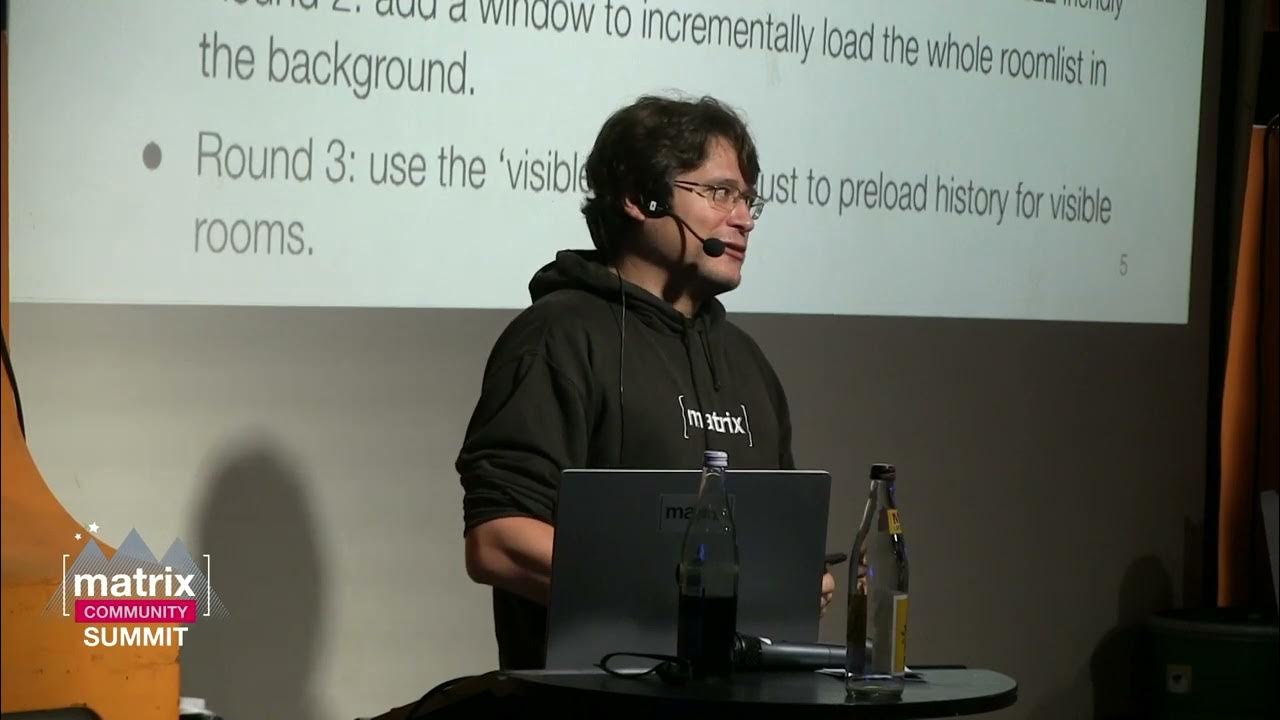

I feel piracy for demo purposes is fully justified if you buy it after you like it. People always say vote with your wallet but it’s more like gambling with your wallet if you don’t get to see and touch the product before you make the purchase. Giving proper demos should be more common with digital media.









I wrote a short guide on this method recently: https://lemmy.ml/comment/6708735